Why You Shouldn't Stress Over Your MRI Results
Have you ever had an MRI? Magnetic resonance imaging (MRI) is a diagnostic tool used to help medical professionals observe the structures inside the body. An MRI uses powerful magnetic fields and radio waves to affect the hydrogen protons within the body and measure the relative water content in the body’s tissues. The brain, spinal cord, nerves, muscles, ligaments, and tendons are seen much more clearly with MRI than on regular x-rays and CT scans.
Studies show that diagnostic imaging in general, and MRI in particular, can be overused today. A thorough medical history and appropriate clinical tests can also determine the correct course of treatment with good sensitivity and specificity. The patient’s primary concerns of whether their pain is caused by something serious and what they should do to facilitate their recovery can both be addressed without the need of imaging.
Evidence indicates that imaging is useful only in a small subgroup of patients (5-10%) for whom there is suspicion of red flag conditions such as: cancer, infection, inflammatory disease, fracture, and severe neurological deficits. Less than 5-10% of all low back pain is due to a specific underlying spinal pathology. The remaining 90-95% of low back pain cases should be managed with conservative treatments such as: exercise, physical therapy, chiropractic care, or pain management. Adding imaging will not guide care, can cause more harm than benefit, and is likely to prolong recovery in patients with non-specific low back pain.1
Many of the degenerative changes seen on an MRI are asymptomatic and simply a part of the aging process. Research has shown that MRI results are not consistent with pain symptoms and the excessive detail seen in these images can lead to undue worry and even participation in unnecessary procedures.1 A patient may over-identify with changes that are seen on an MRI and want to fix any anatomic changes seen, even if there may be no long-term benefit to procedures such as: injections, surgery, etc.
Siivola et al found that cervical abnormalities on an MRI were equally present in 24 to 27 year old adults who had neck pain as those without.2 Thus, the source of neck and shoulder pain in these young adults may not be due to the changes seen on an MRI and further testing should be done before determining if the anatomic changes are the true source of the pain.
Boden et al found a prevalence of abnormal MRI findings in the spines of asymptomatic adults: herniated discs, foraminal stenosis, and disc degeneration in asymptomatic subjects, especially in those over 40 years old.3These degenerative changes are often due to age-related changes and are frequently found to be present without symptoms. Mild and even moderate anatomic changes seen on an MRI must be read with discretion and often do not correlate with the source of pain. It can be dangerous to make surgical decisions based solely on imaging unless these diagnostic tests match the findings of clinical signs and symptoms.
Okada et al followed subjects for over 10 years and found a progression of cervical degeneration on MRI in close to 90% of the subjects. Clinical symptoms of neck pain, shoulder stiffness, and upper extremity numbness were reported in less than half of their study population. There was no significant difference in the MRI findings of subjects who had symptoms and those who didn't.4 These findings may highlight the resiliency of the spinal cord in accommodating compressive forces.
MRI has its place in medical practice but is not the only way to diagnose or pursue reliable treatment. MRI is good at detecting major problems such as cancer and inflammatory disease, but the detail it offers can lead to a hyperfocus on anatomical changes that will occur as we age. Changes such as: stenosis, degenerative discs, facet hypertrophy, and tendinopathy. Without imaging, we would be unaware of these gradual structural changes, as they often will not limit our overall function.
If you have concerns about your imaging, be sure to talk with your provider to determine if the changes that were found are related to the aging process or may be contributing to your pain.
If this is something that concerns you, we would love to talk with you about it and help you in your specific circumstances. Receiving imaging results can be a stressful and unguided process, and we are here to help you.
1. Hall AM, Aubrey-Bassler K, Thorne B, Maher CG. Do not routinely offer imaging for uncomplicated low back pain. BMJ. 2021; 372: n291. [BMJ.]
2. Siivola SM, Levoska S, Tervonen O, Ilkko E, Vanharanta H, Keinanen-Kiukaanniemi S. MRI changes of cervical spine in asymptomatic and symptomatic young adults. Eur Spine J. 2002;11:358–363. [PMC free article] [PubMed] [Google Scholar]
3. Boden SD, McCowin PR, Davis DO, Dina TS, Mark AS, Wiesel S. Abnormal magnetic-resonance scans of the cervical spine in asymptomatic subjects: A prospective investigation. J Bone Joint Surg Am. 1990;72:1178–1184. [PubMed] [Google Scholar]
4. Okada E, Matsumoto M, Ichihara D, et al. Aging of the cervical spine in healthy volunteers: A 10-year longitudinal magnetic resonance imaging study. Spine. 2009;34:706–712. [PubMed] [Google Scholar]
